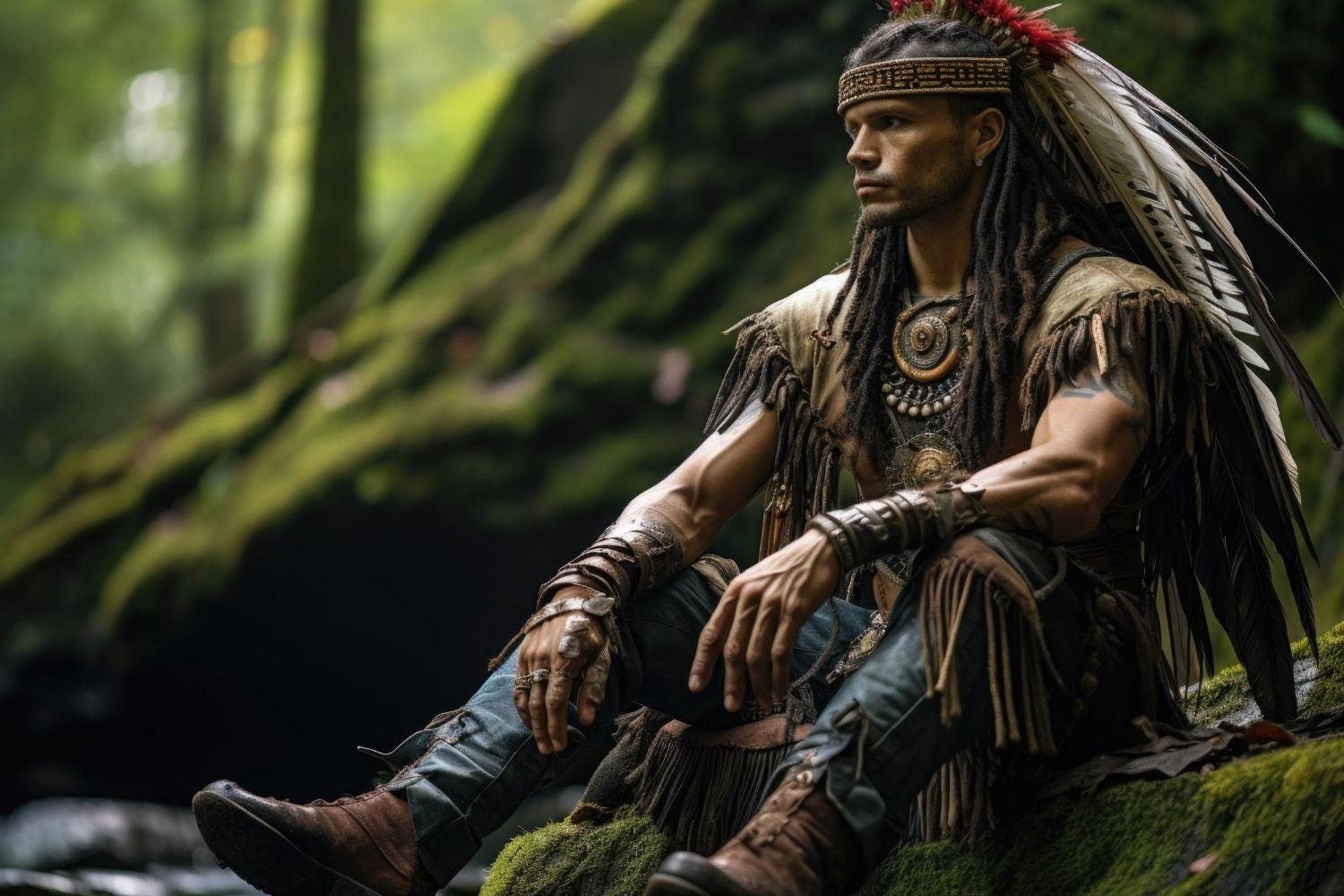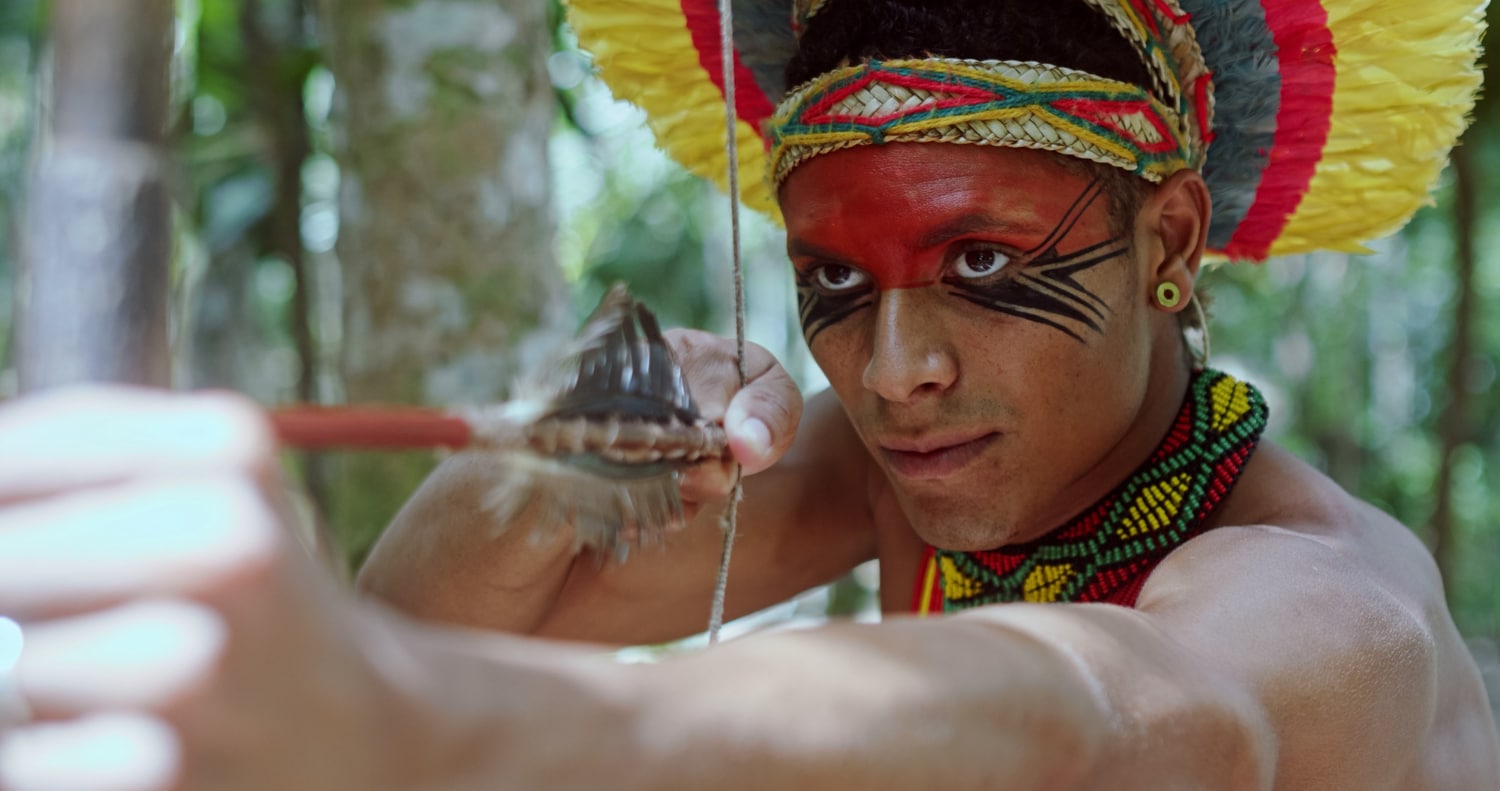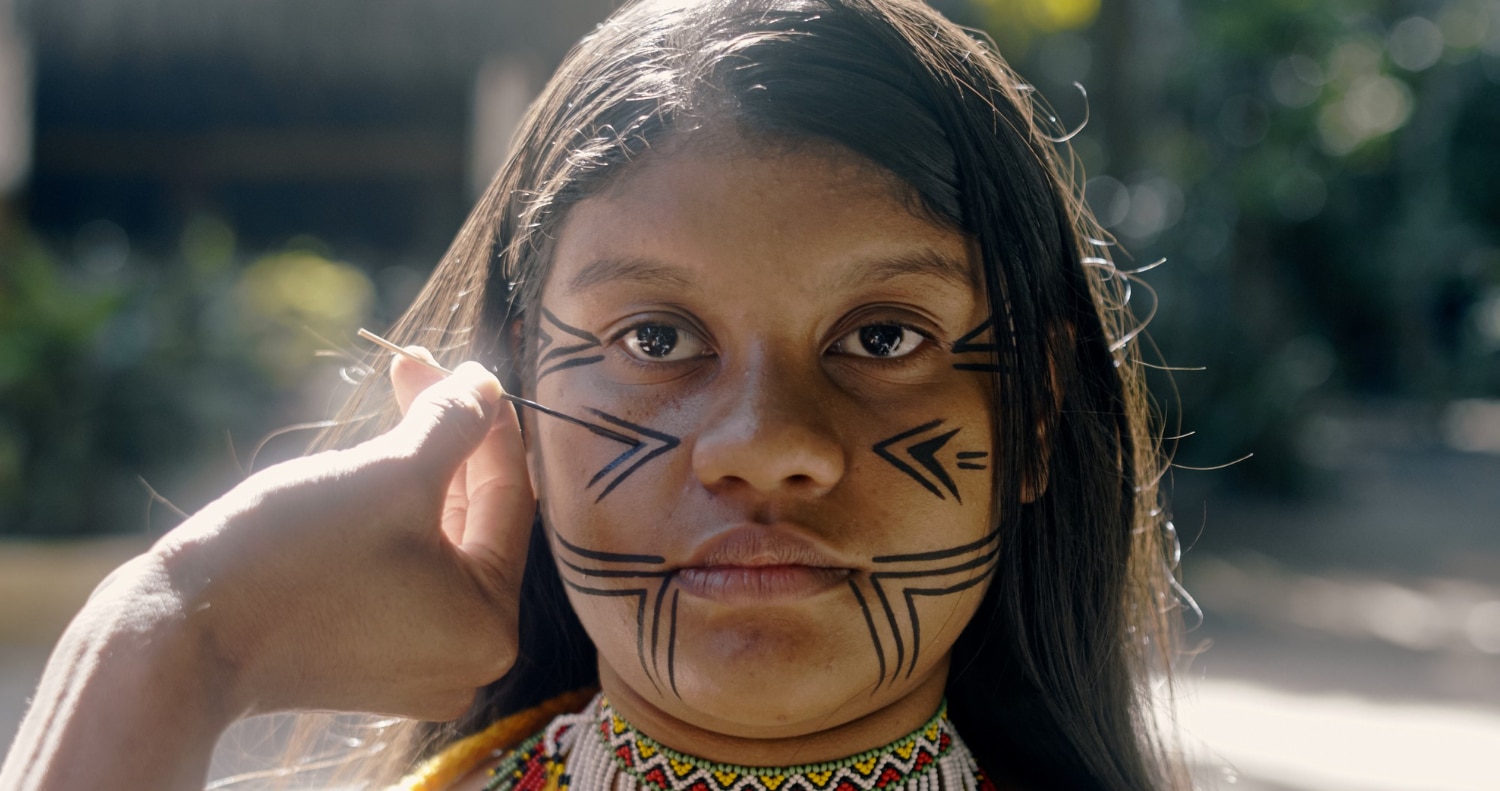Unveiling the Sacred Traditions: A Glimpse into the Initiation Rituals of Maori Warriors

The Maori, the indigenous people of New Zealand, are renowned for their rich and fascinating culture. Among the many aspects of their heritage, the initiation rituals of Maori warriors occupy a prominent place. These traditional ceremonies, which have taken place for generations, allow the young men of the tribe to become true warriors, ready to defend their people with courage and determination.
Maori warrior initiation rituals are a complex process, made up of different significant stages. It all begins with a symbolic separation between the young boys and the rest of the tribe, marking the beginning of their transformation. They are then subjected to rigorous physical and mental trials, which test their will and determination.
In Maori culture, the importance of passing on ancestral knowledge is paramount. This is why elders, holders of knowledge, play a fundamental role during initiation rituals. They transmit to young warriors the values and traditions that will guide their future existence.
One of the most emblematic events of these rituals is the “haka”, an intense and impressive war dance. The haka is performed by elders and taught to initiates, who must master it with precision and intensity. This dance is a demonstration of strength, bravery and determination, allowing young warriors to assert their identity and their status as protectors of the tribe.
Beyond the physical aspect, the initiation rituals of Maori warriors are also deeply spiritual. Young men are introduced to the religious beliefs and practices of their people, strengthening their connection to their ancestors and the forces that came before them. They learn respect for nature, gratitude for the elements and the importance of their place in the universe.
Maori initiation rites are a true cultural heritage, passed down from generation to generation. They are a symbol of Maori identity and the strength of this indigenous community in the face of the challenges of the modern world. Today, these rituals continue to be celebrated and respected, both by the Maori themselves and by visitors curious to discover this unique tradition.

The influence of Maori tattoos on cultural identity
Māori are often associated with bold and intricate tattoos, known as “ta moko”. Beyond a simple aesthetic adornment, these tattoos have deep meaning in Māori culture and are closely linked to a person’s identity and history. Each ta moko is unique and tells the story of its wearer’s life, rank, exploits and skills.
Origins of ta moko
Ta moko has its origins in Maori legends. One of the most famous tells the story of Mataora, a young man who seduced Niwareka, the princess of the underworld. After mistreating Niwareka, Mataora, disfigured by shame, went to the underworld to make amends. There he was introduced to ta moko by Niwareka’s father. By rediscovering its love and bringing the practice back to the human world, ta moko has become a central part of Māori culture.
Symbolism and ritual
Ta moko patterns are more than just designs. They reflect the geography, history and beliefs of New Zealand. Curved and spiral lines represent growth, family and rank, while geometric patterns evoke mountains, seas and creatures from Maori mythology.
The tattooing process itself is a sacred ritual, performed with traditional tools and often accompanied by chants and prayers. This is not a decision taken lightly; Receiving a ta moko is a deep commitment that requires maturity and an understanding of one’s responsibilities to the community.
The ta moko today
With the evolution of time, the practice of ta moko has undergone changes. If once it was reserved for high-ranking men, today it is accessible to anyone who wishes to connect with their Māori heritage. However, respect for tradition and meaning remains essential. Many Māori see the revival of ta moko as an affirmation of their identity in an ever-changing modern world.

The impact of Māori visual arts on the international stage
Although Maori culture is rooted in New Zealand, the influence of its visual arts, particularly its sculptures and drawings, has extended far beyond the island’s borders to mark the international art scene. This expansion is no accident, but stems from a rich history and a desire by Māori to share their heritage with the world.
The roots of Maori art
Even before initiation rituals or ta moko, Māori used art to tell their stories and legends. The sculptures, often made of wood, were decorated with complex patterns that conveyed specific messages, whether to represent ancestors, deities or elements of nature. Likewise, designs engraved on everyday objects often had spiritual or social significance.
Emergence on the world stage
As European explorers and traders discovered New Zealand, Maori art aroused curiosity and admiration. The distinct patterns, precision of detail and depth of meaning behind each work made it a source of inspiration for many Western artists. Museums and collectors around the world began acquiring Māori pieces, placing them at the forefront of the international art scene.
Contemporary Maori art
Today, many Māori artists fuse traditional elements with modern techniques and ideas. This fusion creates works that are both anchored in the past but resolutely turned towards the future. These artists play a vital role in preserving Māori culture while propelling it into the contemporary world.
The importance of authenticity
Although Māori art has grown in popularity, it is crucial to ensure that its essence is not diluted or commercialized without respect for its deeper meaning. Māori themselves are often the guardians of this authenticity, ensuring that each piece produced remains true to its roots.
Comments
Leave a comment